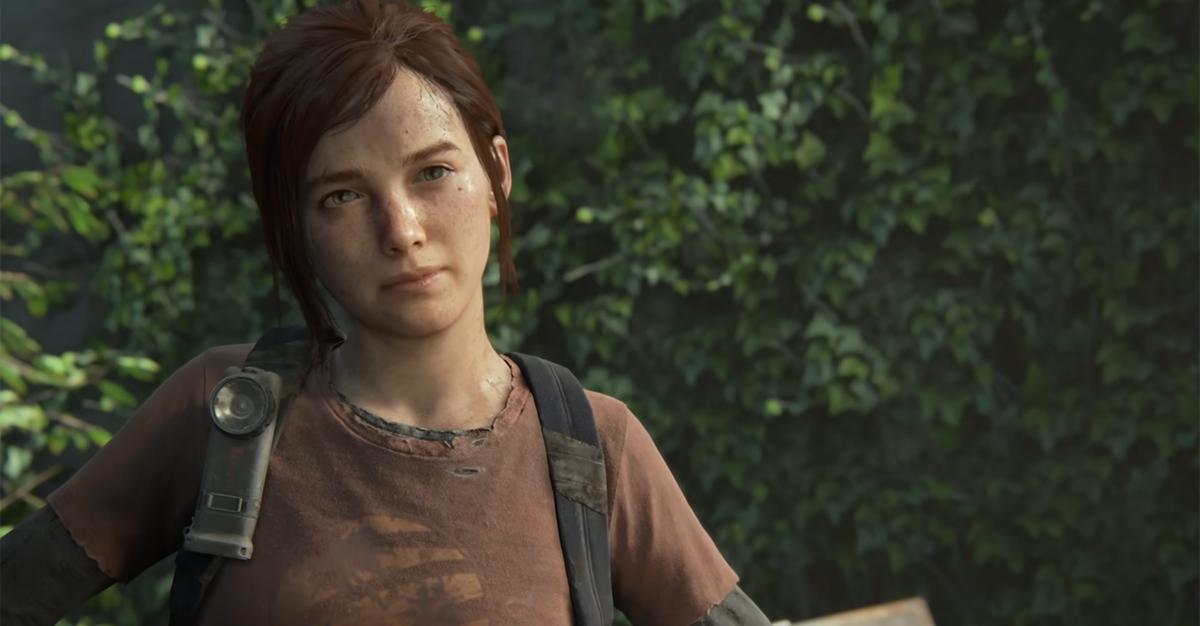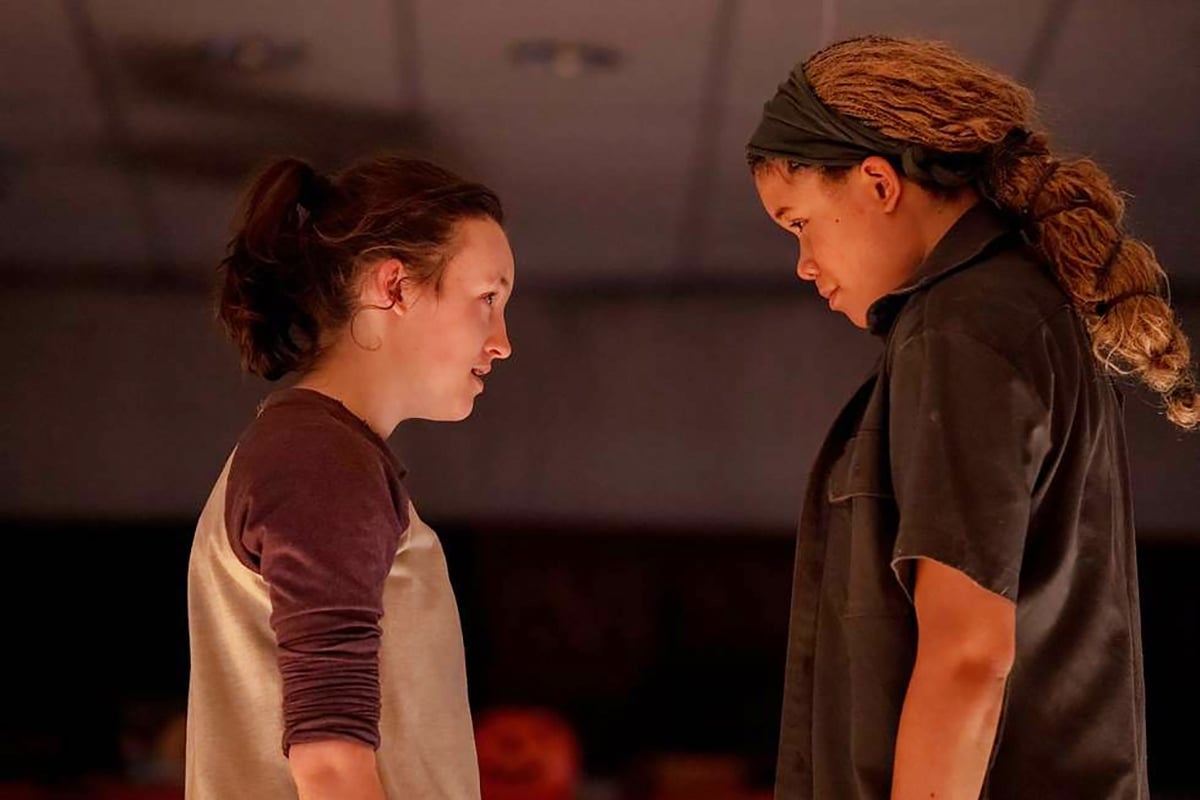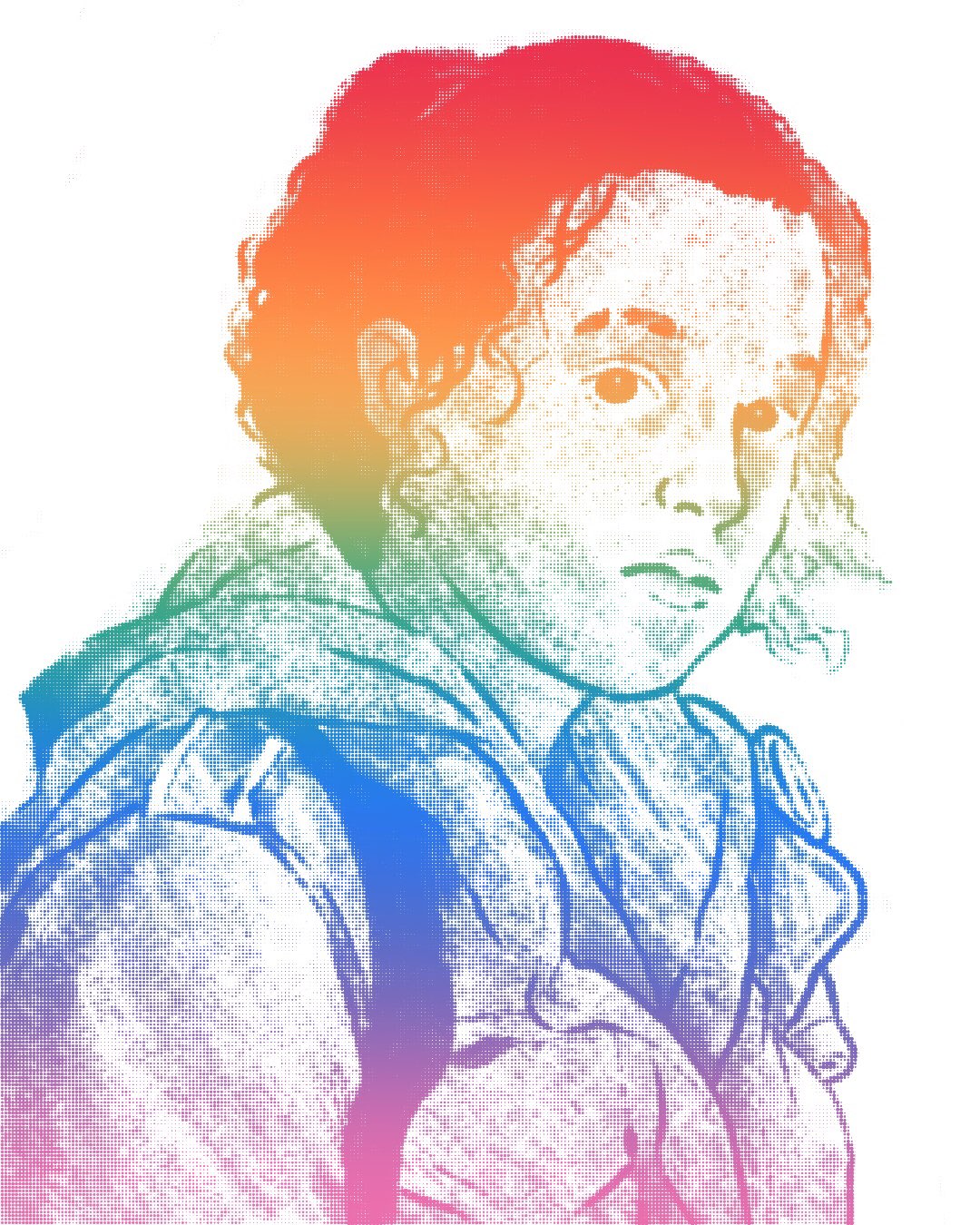Disclaimer: This article contains spoilers for video games The Last of Us (2013) and The Last of Us Part II (2020) as well as season one of HBO’s “The Last of Us” television show.
Illustration by team illustrator Sakura Siegel.
Representation within the media we consume is important.
To heighten our enjoyment of a show, movie or game, traditionally, writers will develop a character or characters that audience members can relate to or connect with on a deeper level. Whether they look like us, act like us, go through similar situations as us or are people we would like to be like, it’s important for writers to make their characters relatable so audience members feel seen.
‘The Last of Us,” both the critically acclaimed video games and television series, is full of relatable characters, many of which are members of the LGBTQIA+ community. In celebration of Pride Month, Slice of Culture wanted to take a look at these characters within the video games and television series.
Perhaps the most prominent LGBTQIA+ character in both the games and the TV series is Ellie Williams, who is the reason why the events of “The Last of Us” unfold.
Her immunity to the Cordyceps fungus leads to Joel Miller, a survivor hardened by the death of his daughter and twenty years of living in post-apocalyptic America, transporting her across the country in an attempt to create a cure to the fungus using her immunity.
While the games and show focus on the relationship that forms between Joel and Ellie through all their shared near-death experiences, it’s revealed in the DLC for “The Last of Us” titled “Left Behind” that Ellie is a lesbian.

This add-on story focuses on Ellie three weeks before she met Joel, as she breaks into a mall with her best friend, Riley. The two explore the mall and enjoy what would be their last night together.
The two share a kiss, but it’s short-lived as they’re chased by infected and both are bitten.
They intend on spending their last hours together, but Ellie learns that she’s immune and Riley turns into one of the infected. “The Last of Us” show adapted this story in the first season’s seventh episode, also titled “Left Behind.”
“The Last of Us Part II” focuses a lot more on Ellie’s sexuality, as she spends much of the game with Dina, a girl within her town that she gets into a relationship with. The two travel throughout Seattle to track down Abby, the woman that kills Joel near the beginning of the game.
It’s revealed that Dina’s ex-boyfriend, Jesse, got her pregnant and after the game’s climax, which leaves Jesse dead, Dina and Ellie live on a farm together and raise Dina and Jesse’s child, whom they name JJ (supposedly after Joel and Jesse). This doesn’t last long, as Ellie resumes her revenge quest against Abby, and comes home to find that Dina and JJ have both left.

Bill and Frank are a gay couple within both the first game and the first season of “The Last Of Us.” However, their stories are much different between the series and the video game.
Within the first game, Joel and Ellie visit Bill to obtain his help getting Elli across the country, and while in Bill’s town, Joel and Bill find Frank dead.
When they find him, Bill says that Frank was his “partner,” subtly alluding to the fact that he’s gay. The TV show’s third episode, titled “Long, Long Time,” focuses solely on Bill and Frank’s relationship throughout their time surviving in the post-apocalyptic world. The two grow close, live together in Bill’s town, and even manage to survive long enough to grow old and die together, a beautiful ending for the couple compared to the tragic ending within the video game.
Lev, a supporting character that teams up and travels with Abby in “The Last of Us Part II,” is a trans male.
This is confirmed in a confrontation with the Seraphites, one of the cult-like factions within the game, where they mention his deadname, Lily. He was kicked out of the Seraphites for shaving his head and identifying as male. The character is voiced and mo-capped by trans male actor, Ian Alexander, who also had a role on the Paramount+ show “Star Trek: Discovery.”
Despite all of this LGBTQIA+ representation within “The Last of Us” franchise, video games as a whole are still heavily lacking in LGBTQIA+ representation. A 2021 study conducted on representation in video games showed that a mere 0.03% of video game characters observed within the study identified as LGBTQIA+.
While there is a second season of the show greenlit and on the way, there have only been slight teases and rumors of making a third installment in “The Last of Us” video game series. Regardless, there is still more stellar LGBTQIA+ representation to come for fans of the TV series and assuming a third game is released, the stories of Ellie, Dina and Lev are sure to be continued.


